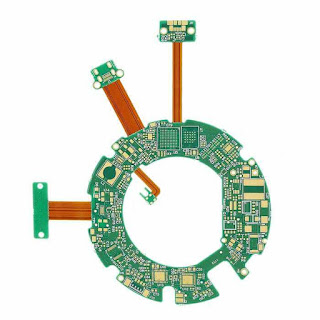If you want to buy high-quality PCBs, make sure you get them from a reputable flex PCB supplier who has worked with clients in your sector before. X PCB is a seasoned maker of industrial PCBs in China. Clients in a variety of sectors have benefited from the company's high-quality PCBs in varied dimensions. Before the Rigid Flex Printed Circuit Boards are delivered out of the factory, the company's professionals conduct reliability testing and verify and correct faults using a variety of modern and verified testing and inspection processes.
You might be curious in the problems found by the common PCB testing and inspection procedures now that you know about them, don't you? The list below provides information on the types of problems discovered during reliability testing.
- Copper Plating: To increase the board's conductivity, copper is layered on it. Copper plating is tested for tensile strength and elongation during PCB testing and inspection by Flex PCB Suppliers.
- Lamination: The quality of the lamination has a significant impact on the PCB's performance. It may tear off if you use too much heat or force on it.
- PCBs are examined for electrical conductivity to guarantee that they pass the whole current with minimum or no leakage.
- PCBs are exposed to moisture or heat in almost all industrial applications. Moisture absorption and humidity are both evaluated on the Rigid Flex Printed Circuit Boards. Before and after the moisture and humidity tests, PCBs are weighed, and any variations in weight are deemed defects.
- PCB holes may delaminate or break when exposed to heat, which is evaluated during PCB testing and inspection. Thermal stress and shock absorption properties of the holes are examined.
- Solder ability: Components are soldered to the board in a soldering oven or with sophisticated equipment during PCB assembly and manufacture. Opens, shorts, excess or inadequate soldering, and voiding are all examples of soldering flaws that might damage the PCB's function. As a result, these flaws are discovered during AXI. That, however, is insufficient. The PCB is subjected to a wetting test as part of the reliability testing. The capacity of a surface to receive liquid solder is referred to as wetting.





No comments:
Post a Comment